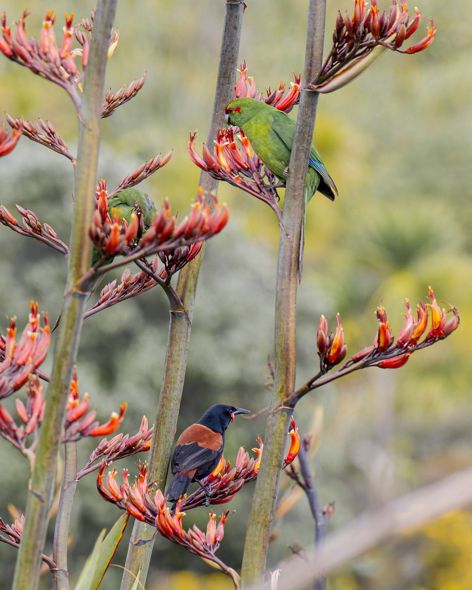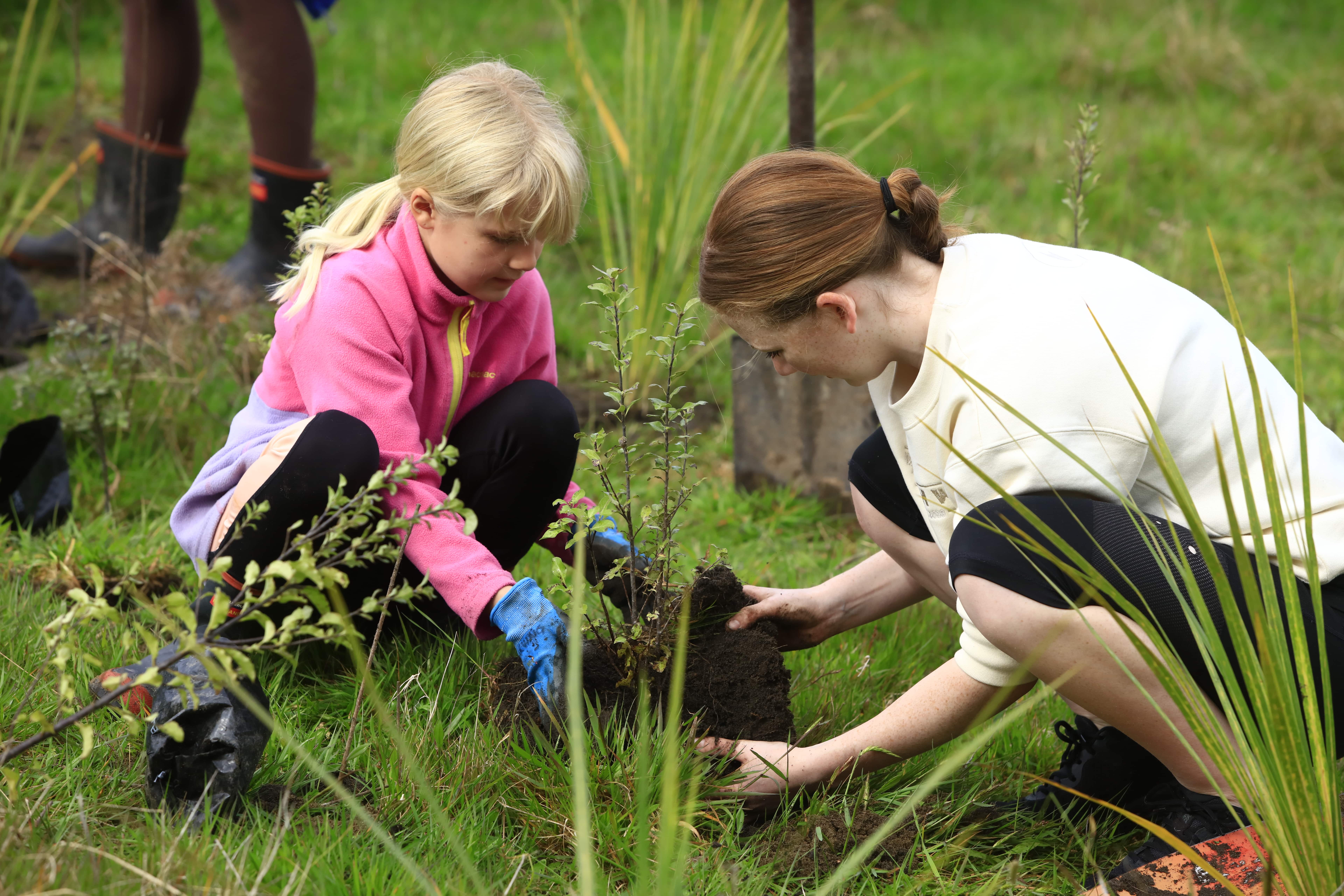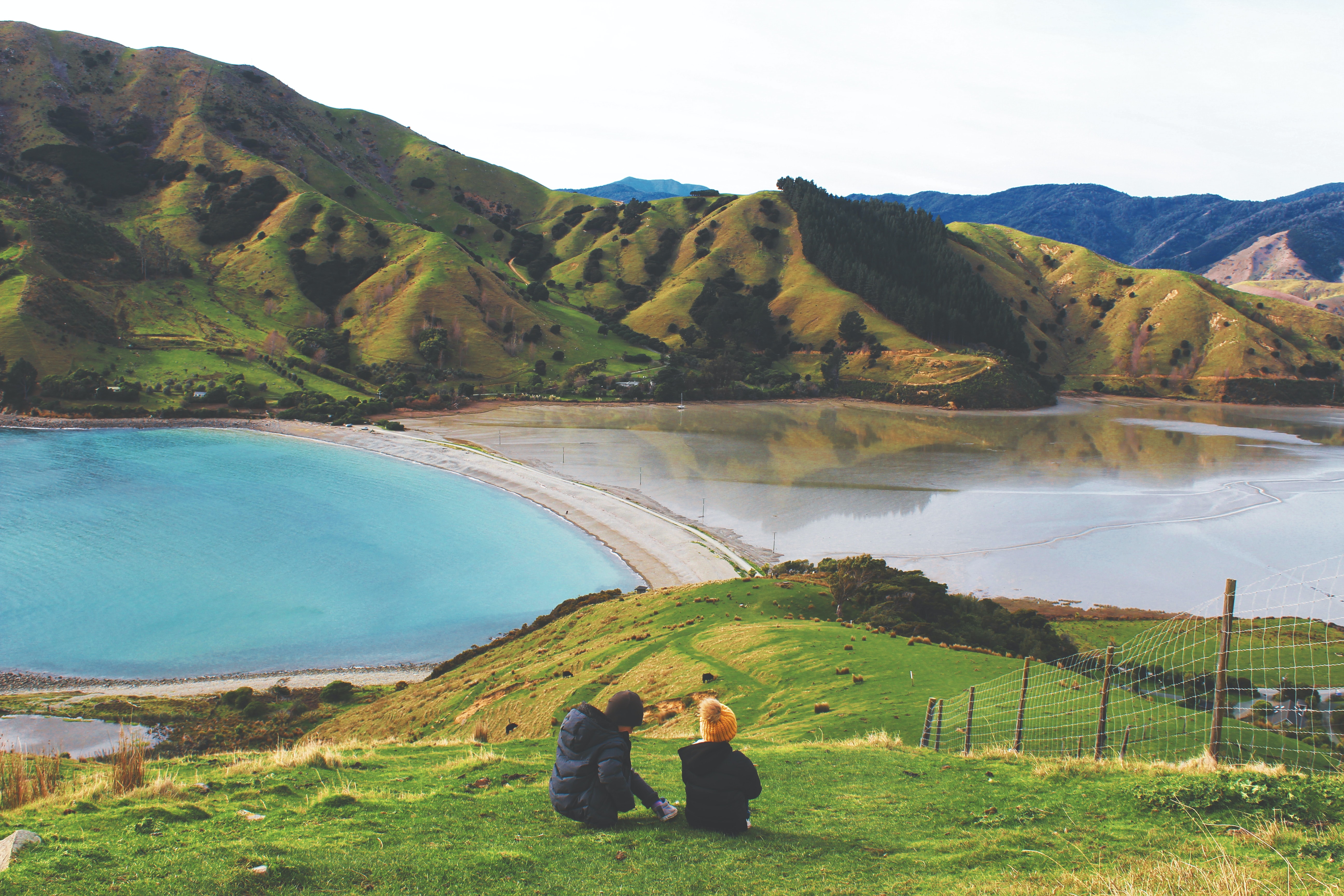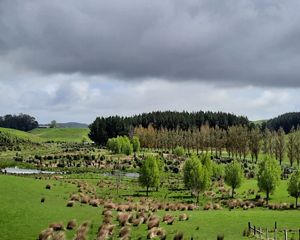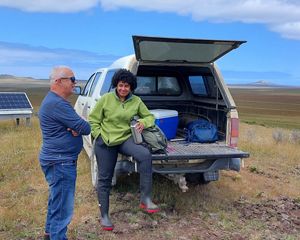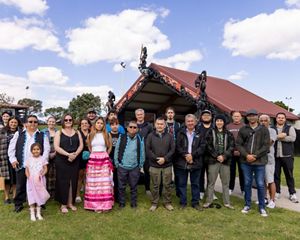Reforesting Aotearoa New Zealand’s Lowlands
The Nature Conservancy is working to protect and manage connected, thriving landscapes to improve the well being of communities and the environment.
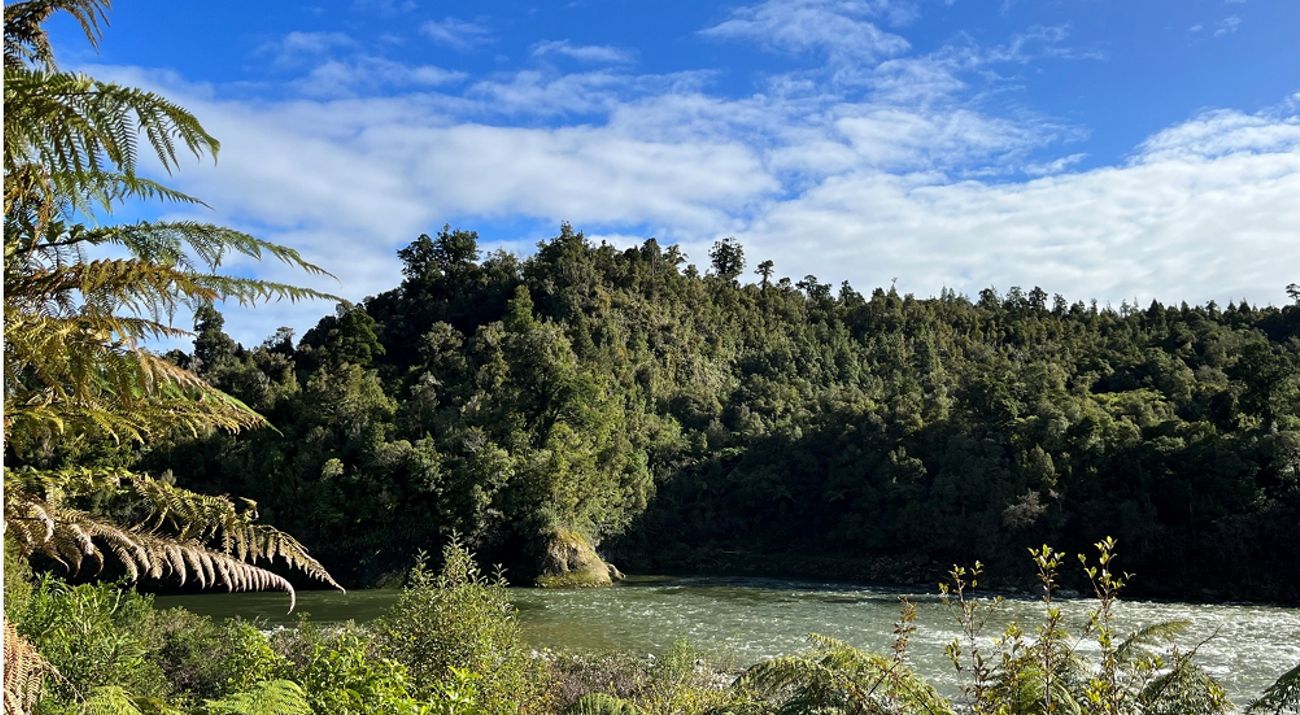
What Are Lowlands
Lowlands are the lower-level areas of New Zealand, often near the coast, where most people live, work, farm and enjoy time in nature. Typically, these areas are below 500m above sea level, and feature ecosystems that are highly fragmented and depleted due to habitat loss from the clearance of native bush, wetlands and riparian areas – making lowlands our most threatened landscapes.
Most of Aotearoa New Zealand’s lowlands are not included in National Parks, as they are heavily farmed and modified. Traditional farming practices introduced highly invasive species to the lowlands and cleared many native forests and wetlands. In many cases, significant ecosystems have vanished or been dramatically reduced.
The Nature Conservancy Aotearoa New Zealand (TNC NZ) is working with iwi (Māori tribes), farmers and communities with the vision of improving the biodiversity of lowlands at scale, and to provide habitat for some of New Zealand’s many native species of birds, bats, insects and plants found nowhere else on the planet. Approaches such as native planting, weed control, assisted natural regeneration and flood plain improvements will help us achieve our goals. TNC NZ is also looking at financial incentives to support landowners planting natives on any part of their land.
Quote: Abbie Reynolds
Our goal is that by 2050, 15 percent of lowlands are in healthy native cover, a tipping point where ecosystems can thrive.
Our Work
TNC NZ works in a variety of ways to advance lowland reforestation projects in New Zealand:
- Build spatial planning tools to prioritise areas for native reforestation.
- Survey landowner preferences to develop incentives that support design of catchment-scale restoration plans.
- Investigate carbon markets and other sustainable financing mechanisms to support restoration.
- Transition pine plantations in erosion-prone areas to permanent native forests.
- Share our learnings to catalyse more action.
Restoration In Action
Protecting Flora
TNC and KMTT led a three-year project focused on controlling invasive weeds.
Land For Life
TNC is working with Hawke’s Bay Regional Council, the Ministry for Primary Industries and farmers to build climate-resilient pastoral farms.
Top of the South Island
In the top of the South Island region, sedimentation into waterways and the marine area, habitat loss and fragmentation are the key drivers of biodiversity loss and ecosystem degradation. Lowland ecosystems are depleted, poorly connected and in a state of ongoing degradation, including from weeds and the impacts of climate change such as droughts and floods.
In response, TNC NZ will pilot a major native reforestation project to restore critical lowland forest habitat through its work with the Kotahitanga mō te Taiao Alliance (KMTT). TNC NZ plans to develop a restoration feasibility study, the findings of which will provide a long-term blueprint for large-scale native restoration in the top of the South. This restoration could generate carbon credits or other sustainable financing for landowners, providing a sustainable revenue stream to support climate resilience efforts. TNC NZ is also working on a number of smaller projects that will provide information about different approaches to growing native vegetation and partnership models.
We Can’t Save Nature Without You
Sign up to receive regular conservation news and updates from New Zealand.
